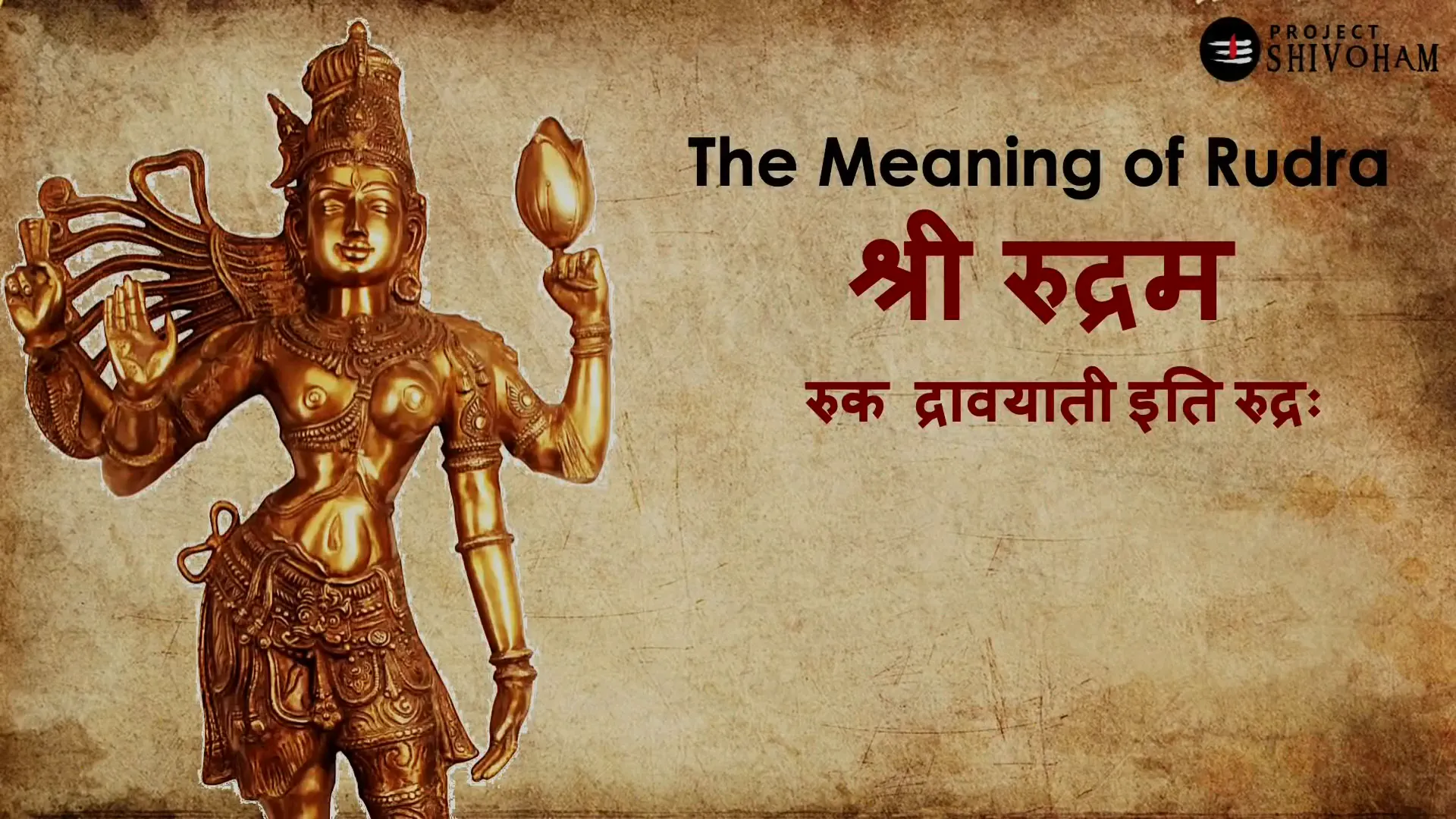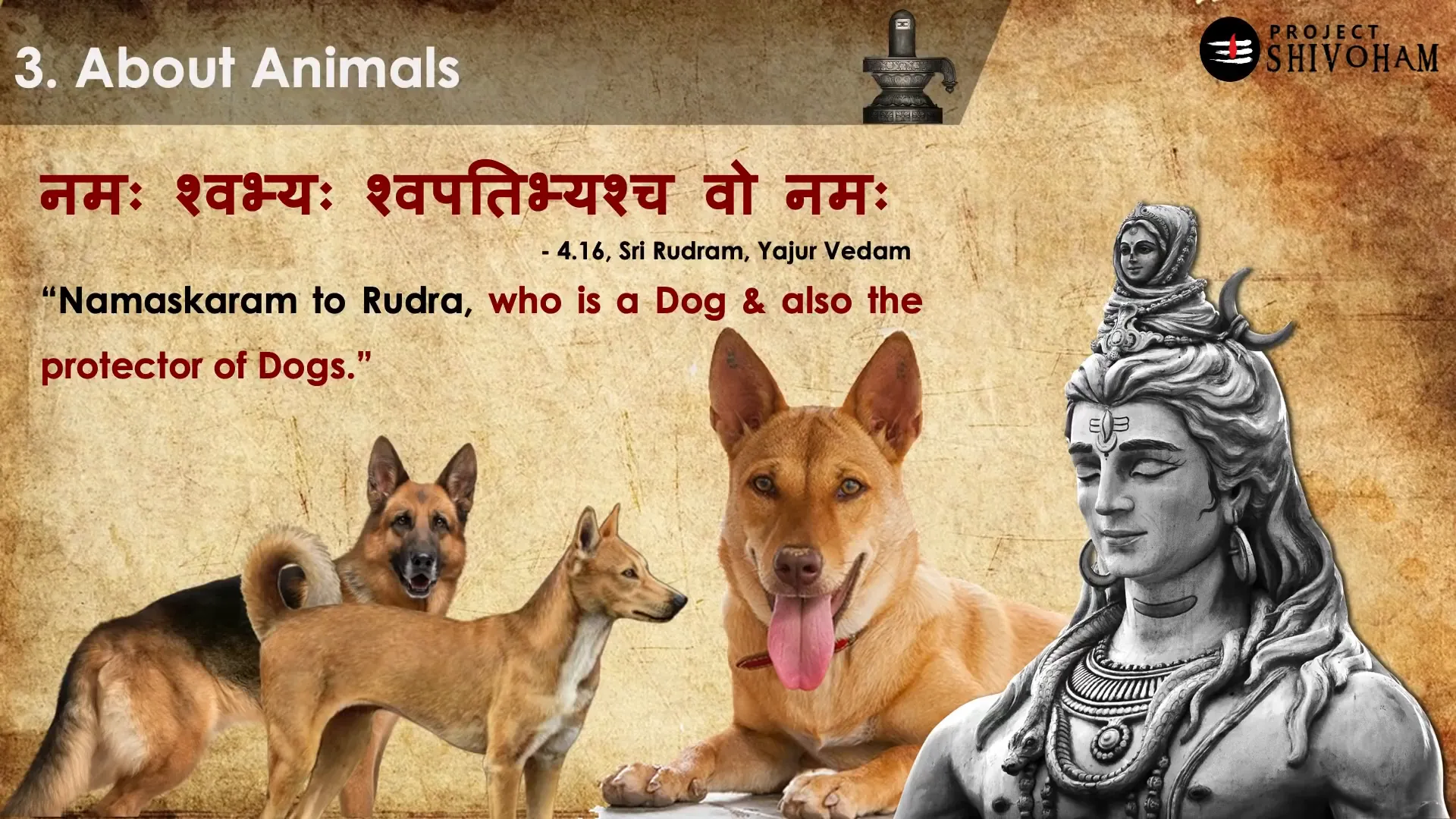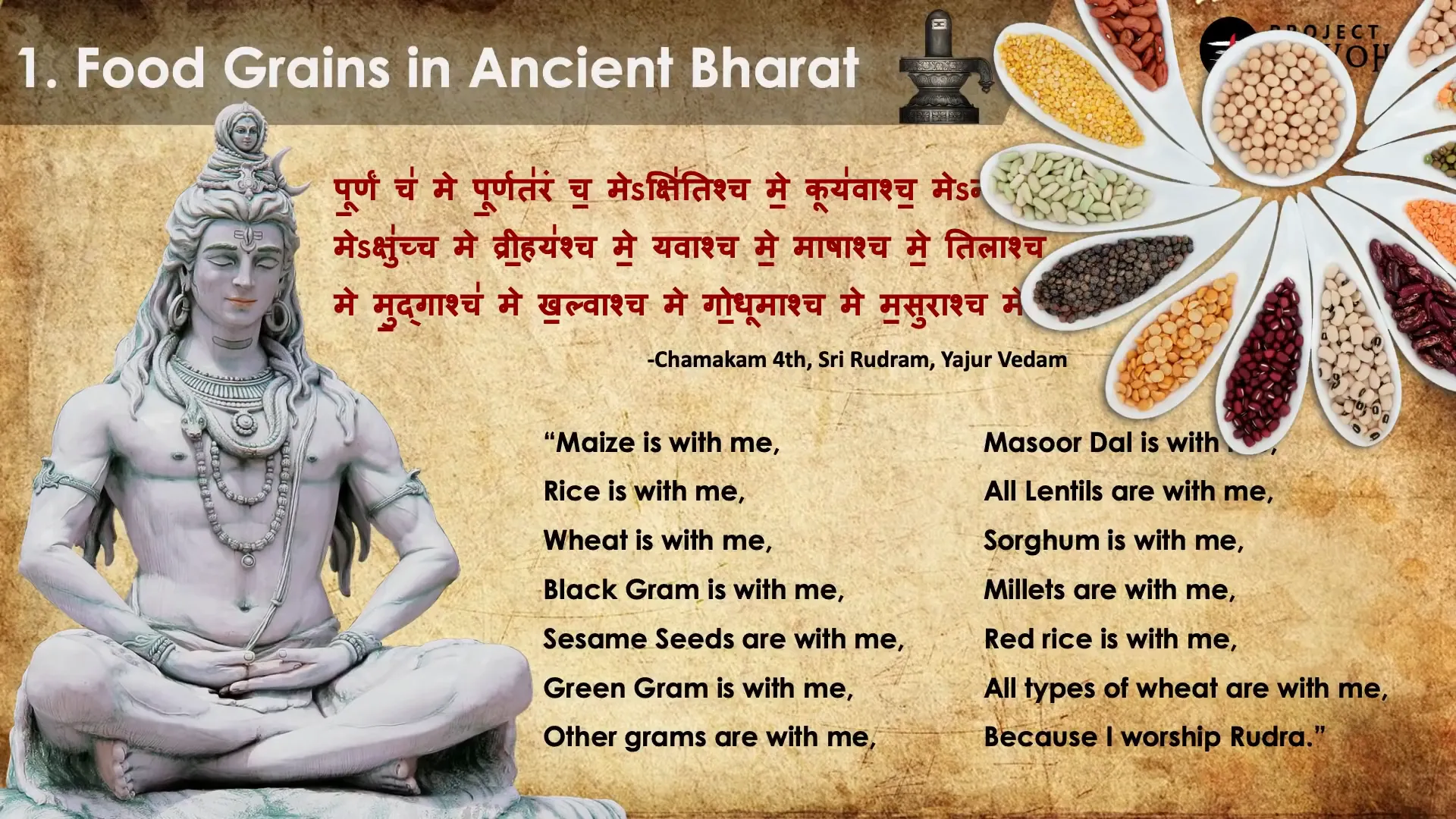Bharat, historically, has been one of the most diverse and inclusive civilizations in the world. Yet, few stop to ponder the question: Why is that so? The answer lies in an ancient text called Sri Rudram, part of the Yajur Vedam, which encapsulates the spirit and soul of the Republic of India as we know it today. This article seeks to explore the profound insights embedded in Sri Rudram and how they contribute to Bharat’s unique identity as a pluralistic and culturally rich nation.
Table of Contents
- Understanding Sri Rudram
- The Meaning of Rudra
- Chamakam: A Glimpse into Ancient History
- Conclusion
- FAQ
Understanding Sri Rudram
Sri Rudram is a collection of Vedic mantras recited in temples across Bharat, often multiple times a day. These mantras are not just rituals; they hold incredible wisdom that many are unaware of. The title “Secrets of Sri Rudram” reflects the wealth of knowledge contained within these ancient verses, which have been recited for thousands of years.
What is Sri Rudram?
Sri Rudram forms part of the Yajurveda, intended for the worship of Ishwara, the supreme reality of the universe. The Vedas, including Sri Rudram, have spanned thousands of years and have a rich heritage that continues to be practiced today.
The significance of Sri Rudram cannot be overstated. Its essence lies in two primary sections: Namakam and Chamakam. Namakam primarily focuses on praising and worshiping Rudra, while Chamakam addresses the wants and needs of devotees. Together, they provide a holistic view of spirituality and humanity in Bharat.
The Meaning of Rudra
The term “Rudra” can be broken down into two components: “Rook,” which means pain or suffering, and “Dra,” which means flow. Therefore, Rudra can be understood as the force that causes the flow of pain and suffering. However, there is another interpretation where “Ru” signifies enlightenment or knowledge, making Rudra also the one who blesses with a stream of knowledge. This duality is essential for understanding the complex nature of life and existence.

Namakam: Demolishing the Caste System
One of the most critical aspects of Namakam is its inherent message against the caste system. The Vedic mantras recited during worship recognize the divinity present in every individual, irrespective of their societal status. For example, one mantra states:
Namo vrate bhiyo vrate apati bhyaschabo namo.
This translates to: “Namaskaram to you Rudra who is in the form of various classes of people in society.” Here, every individual is revered as a manifestation of Rudra, challenging the notion of caste-based superiority.
Namakam continues to emphasize that whether one is a servant or a chief, both are equally significant in the eyes of Rudra. This radical idea is a call to action, urging us to recognize the divinity present in every human being.
Economic Insights from Ancient Bharat
The Vedic texts also provide insights into the socio-economic structure of ancient Bharat. Historical data shows that from 0 AD to 1000 AD, Bharat represented about one-third of global GDP. This raises questions about how a society with a caste system could achieve such prosperity.
The Chaturvarna system, which categorized society into four groups—Brahmana, Kshatriya, Vaishya, and Shudra—was a socio-economic governance structure that existed for thousands of years. Unlike the current caste system, which is often oppressive, this system was more fluid and allowed for social mobility. This enabled Bharath to have one third of the world’s GDP as the working classs was promoted and focussed and were NOT oppressed.
Namakam and Nature
Another essential aspect of Namakam is its reverence for nature. The mantras recognize the divine presence in every tree, river, and living being. For instance, one mantra states:
Namo vrukshe bho harike she bho.
This translates to: “Namaskaram to you Rudra, who is in the form of every tree in this nature.” This acknowledgment of nature’s sacredness is crucial for understanding the interconnectedness of all beings.
Even from an atheistic standpoint, one can appreciate how the worship of nature fosters a culture of protection and respect for the environment. The Dharmic traditions, often ridiculed for idol worship, emphasize a deep connection with nature that is seldom acknowledged.

Death and Its Philosophical Implications
Sri Rudram also addresses one of the most profound aspects of human existence: death. The Mahamrutyunje mantra encapsulates this beautifully:
Namaskaram to Trayambaka, Ishwara, or Rudra. May I be detached from the bondage of death like a ripe cucumber from the stem but not from immortality.
This mantra teaches us about the nature of death and the desire for a peaceful end. Unlike the common perception that this mantra is about defeating death, it emphasizes the wish for a painless transition.
Shiva vs. Vishnu: The Debate
Another interesting aspect of Sri Rudram is its treatment of the relationship between Shiva and Vishnu. In one of the verses, it states:
Namaskaram to Rudra who is also Vishnu, may he protect us from death.
This clearly establishes that both deities are manifestations of the same divine essence, countering the divisive debates that often arise among followers.
Chamakam: A Glimpse into Ancient History
While Namakam lays the philosophical groundwork, Chamakam provides fascinating insights into the daily lives, wants, and needs of ancient Bharat. For instance, many verses focus on food grains, metals, and agricultural animals, reflecting the agrarian lifestyle of the time.
Food Preferences
One of the key aspects of Chamakam involves wishes for various food grains:
Tilas chame, mudgaash chame, kalvas chame, godhu mas chame.
This translates to: “Bless us with maize, rice, wheat, black gram, sesame seeds, green gram, sorghum, millets, red rice, and all types of food grains.” Such requests serve as historical records of the dietary habits prevalent in ancient Bharat.

Metallurgy in Ancient Bharat
Chamakam also mentions various metals:
Hiranyam chame, yashas chame, sisam chame.
This indicates the sophisticated metallurgy practiced in ancient Bharat. Understanding these wishes gives us clues about the technological advancements of the time.
The Mystery of Numbers
One of the most cryptic parts of Chamakam is its mention of specific numbers:
O Rudra, please bless us with the numbers one, three, five, seven, nine, and so on.
This presents an intriguing puzzle for historians and scholars. What significance did these numbers hold? While various interpretations exist, the exact meaning remains a mystery, adding to the allure of these ancient texts.
The Emotional Connection to Cattle
Chamakam also expresses a deep emotional bond with agricultural animals:
O Rudra, please bless us with cows with calves in their wombs.
This reflects the importance of cattle in the agrarian society of ancient Bharat, highlighting their role in sustenance and livelihood. Why 1.5, 2, 2.5 year old bulls and 1.5, 2, 2.5 year old cows are mentioned is also a mystery.
Conclusion
In summary, Sri Rudram serves as a treasure trove of wisdom that answers the question of Bharat’s inclusivity and diversity. The core philosophy of Namakam emphasizes that every individual is a manifestation of the divine, urging society to live in harmony. Meanwhile, Chamakam offers a glimpse into the historical context, revealing the wishes and needs of ancient people.
As we navigate through modern complexities, the teachings of Sri Rudram remain relevant, encouraging us to question the status quo and strive for a more inclusive society. The beauty of Bharat lies in its ability to embrace diversity, and the wisdom of Sri Rudram is a guiding light in this journey.
FAQ
What is the main message of Sri Rudram?
The main message of Sri Rudram is the recognition of the divine presence in every individual, urging us to live harmoniously and inclusively.
How does Sri Rudram address the caste system?
Sri Rudram challenges the caste system by emphasizing that every person, regardless of their societal status, is a manifestation of Rudra.
What historical insights does Chamakam provide?
Chamakam offers insights into the dietary habits, metallurgy, and emotional connections to cattle in ancient Bharat, showcasing its agrarian lifestyle.
How can the teachings of Sri Rudram be applied today?
The teachings encourage us to question societal norms, strive for inclusivity, and recognize the interconnectedness of all beings.
In conclusion, the wisdom embedded in Sri Rudram serves as a timeless reminder of Bharat’s rich cultural heritage and the importance of inclusivity in our society.
This article was created from the video The Secrets of SRI RUDRAM || Project SHIVOHAM with the help of AI. Thanks to Aravind Markandeya, Project Shivoham.